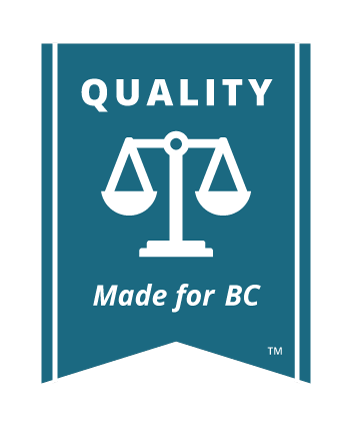Part 12 of the Supreme Court Civil Rules deals with trial procedures.

Read the Rules
Part 12 Trial
Most trials happens in steps, as follows:
- Plaintiff’s opening: The plaintiff outlines for the judge or jury the factual basis of the claims they expects to prove
- Plaintiff’s witnesses: The plaintiff and the plaintiff’s witnesses give their evidence (this is called direct examination), are cross-examined by the defendant, and then re-examined by the plaintiff, if necessary
- Defendant’s opening: The defendant explains to the judge or jury what their evidence will show and what it means to the defence
- Defendant’s witnesses: The defendant gives their evidence, calls defence witnesses who give their evidence (direct examination), are cross-examined by the plaintiff, and then re-examined by the defendant’s lawyer (or the defendant if they are self-represented), if necessary
- Rebuttal witnesses: Once the defendant has finished with their witnesses, the plaintiff can call rebuttal witnesses who can give evidence on issues that came up for the first time in the evidence of the defendant’s witnesses, but for nothing else. Then the defendant can cross-examine these witnesses
Once all of this has happened, your evidence is complete. Now it is time to sum up.
- Plaintiff’s argument: The plaintiff presents arguments about the evidence, its relevance, the case authorities and the statutes that are relevant to the case (you should have copies of the case authorities and statutes available for the other party and the judge). The argument should include a request for costs in the event that your claim succeeds
- Defendant’s argument: The defendant does the same
- Reply: The plaintiff may reply to the defendant’s argument. Very infrequently the defendant may be allowed to give further reply (this is called surreply) to the plaintiff’s reply
- Judgment: The judge may give judgment right away or, in many cases, will reserve (delay) judgment and provide written reasons for judgment at a later date
In complex cases, written summaries of your argument can be provided to the court. In some of these cases, the judge might ask the parties to submit written arguments instead of doing it in person or as well as doing it in person. The judge may set time limits for when written arguments are to be submitted.







 JusticeEducation.ca
JusticeEducation.ca JusticeEd
JusticeEd /JusticeEducation
/JusticeEducation